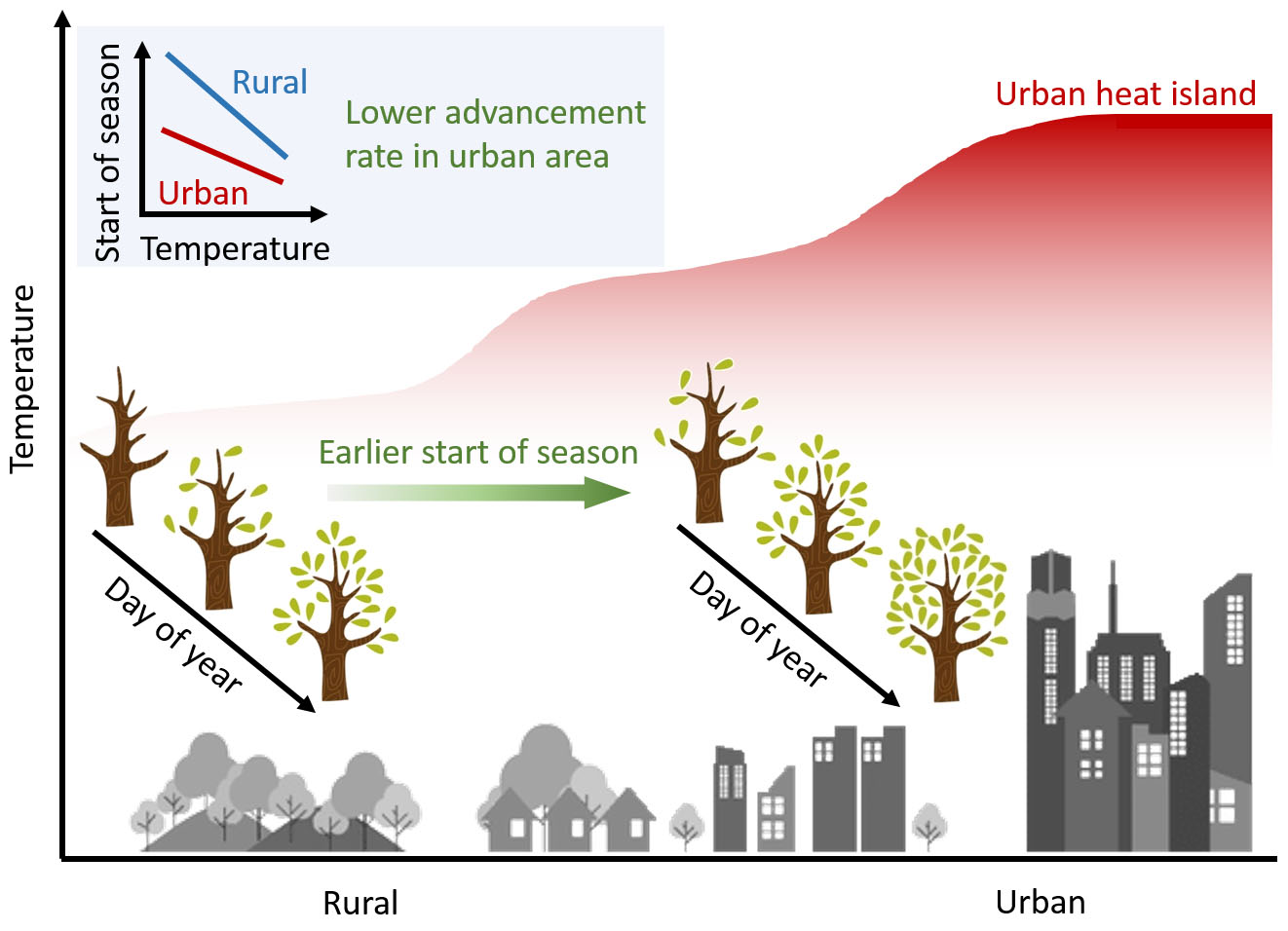Redlining from the 1930s, marked minority and low-income neighborhoods as “hazardous,” which influenced mortgage and insurance decisions. Results show that redlined areas have less greenspace and more pavement, intensifying urban heat. While higher temperatures generally decreased walking in “still desirable” or “best” neighborhoods, this effect was not significant in “definitely declining” or “hazardous” areas, possibly due to greater reliance on walking for essential activities. Findings underscore the lasting impact of discriminatory policies on environmental vulnerability and physical activity.
Tag: Heat Island Effect
Urban heat: Research may point the way to cooling steamy cities
New research from Binghamton University, State University of New York might point the way to cooling steamy cities. A Binghamton professor has received a grant for his work pertaining to the urban heat island effect in cities.
Obsolete architecture and a warming planet have tag-teamed, making our cities hotter. But new technologies and sustainable urban development strategies could soon change our fates, according to UNLV Architecture professor Steffen Lehmann.
Dusk is just as important as dawn. Those nighttime hours in the dark help provide a much-needed cooling effect that leverages our daytime highs, and minimizes the intensity of potentially lethal heatwaves in our cities. The problem is that the…
Driving inclusive and green urban transitions
A new Horizon Europe project led by IIASA, called Urban ReLeaf, leverages citizen science for public sector innovation.
How Buildings Contribute to Urban Heating during Heat Waves
Previous research has found that heat waves and urban heat island effects reinforce each other’s effects. New research developed a method for modeling urban building energy demand and associated heat dispersal during heat waves.

Heat trapped in urban areas tricks trees into thinking spring has arrived earlier
Satellite data of 85 U.S. cities shows plants begin turning green earlier in the spring in urban areas than in surrounding rural areas. It’s a symptom of the way cities trap heat, a phenomenon known as the “heat-island effect,” according to a recently published study.